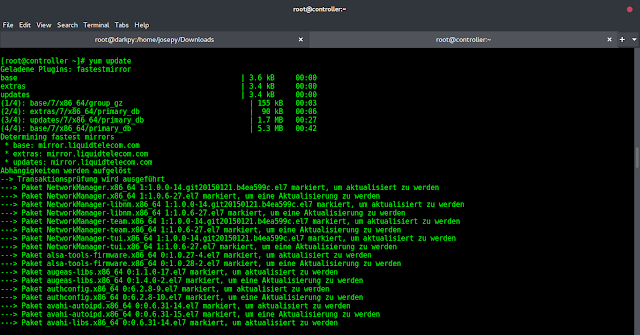Summary
- While it provides free, ad-supported content, Plex is a media management software suite, not a typical streaming service or app.
- The Plex team just added public profiles and reviews for more user-friendly navigation, amid ongoing feature development and testing.
- For subscribers, it also added hardware HEVC encoding for more efficient video compression for subscribers.
Nearly 20 years ago, a pair of free agent software execs watched an independent developer start porting the open source Xbox Media Center to MacOS. They figured it was a good idea, and formed a team. Now we have Plex Media Server, an all-encompassing media streaming app that aims to unify entertainment enjoyers across the world.
Plex provides a good amount of ad-supported content at no cost. A Plex Pass subscription doesn’t expand access to content or remove any ads, but it provides an extensive set of tools that those who really, really care manage media collections and customize layouts more easily. Plex does not push this subscription on anyone, or hardly even advertise it at all, although it does frequently roll out new subscription-only features and upgrade old ones.
As powerful as it is, though, Plex has always been much more popular among DIY tech enthusiasts and adjacent crowds. So, developers have toiled away for many months adding features that appeal to the everyday individual. Now, it’s adding public profiles and reviews to help consumers navigate the modern expanse of media with a little help from their friends.
Reviewing movies right where you watch them
With the always-positive influence of the public
If Keanu’s in it, I’ll watch it.
On top of the two headlining additions, Plex also plans to release a revamped Apple TV app to accompany the Android and iOS Plex overhauls we covered recently. Plex does software rollouts slightly differently from most other well-known names. The developers made perfectly clear it was a preview lacking a significant portion of standard features, and invited users to try it out and come back with their thoughts.
Related
Review: The Apple TV 4K is a powerful streaming box for anyone
Apple’s set-top box has a lot to offer Android users
A somewhat different breed from the average user, the many DIY-enthusiast Plex users jumped at the chance, and pulled no punches. Ever responsive and professional on the community forums, the dev team took everything in stride and, by most accounts, the event went and continues to go well. So, Plex, Inc. decided to expand that preview to Apple TV, which doesn’t get much press around here, but is an excellent service.
A little red meat for the digital media nerds, too
Behind every video is a file in a box. Inside that container is a codec that lets your storage tell your screen what to do without wasting throughput. The H.265 codec, also known as HEVC, has made lossless and near-lossless video compression possible at previously unthinkable levels of size reduction. HEVC is a powerful tool for home cinema buffs, so Plex is adding it, too.
At Plex Pro Week ’24 in OctoberSeptember, the team announced its plans for hardware HEVC encoding support. It made good on its word, and subscribers to Plex Pass — the streaming subscription that doesn’t come with any media, but many still use — can now employ HEVC encoding for livestreaming, transcoding, recording from DVR, and generally managing a media collection.
There are some additional hardware requirements to use HEVC, because it’s too resource-intensive to offload to Plex’s servers, and the software encoding method demands a pricey license. But enthusiasts dead set on archiving and curating their collection by hand will have the required processing power.
A win for independence from streaming platforms
They’re dying anyway, go collect your own shows
I enthusiastically expect Android Police readers to point out the pros and cons of a privately owned endeavor developing closed source software and locking the most advanced features behind a paywall. Plex is even directly based on generations-old, community-sourced work on the Xbox Media Center — neither secret nor controversial.
I also agree with what usually surfaces as the zeitgeist: there are several other popular ways to complete this task or that conversion. They already exist, so users can just figure those out, and don’t necessarily need Plex to go the extra mile. For that matter, maybe Plex isn’t perfect, and you can tweak other software to fill a common need more effectively.
Related
Netflix is all-in on live streaming — but is the tech ready?
From WWE to NFL matches, Netflix is steadily raising the stakes
The point is, it’s encouraging to see ourselves, the consumers, taking back control of the stuff we stare at for fun. Advanced media management turns “set it and forget it” Netflix watchers into “Does my computer’s new processor support HEVC?” tinkerers (it probably does). Even the “No, the hue’s still off, I’ll get the colorimeter again” crowd plays its own, important role.
Plex is right to embrace user-friendly functionality like the new reviews and public profiles (with six precise privacy settings, by the way) to attract and encourage new users. Importantly, it’s paying attention to its dedicated following, and it’s reassuring that work is still heavily underway on the multiple new interfaces. Because it’s a win every time a consumer opts to wrest control of media intake from the corpos and creates their own special algorithm.






